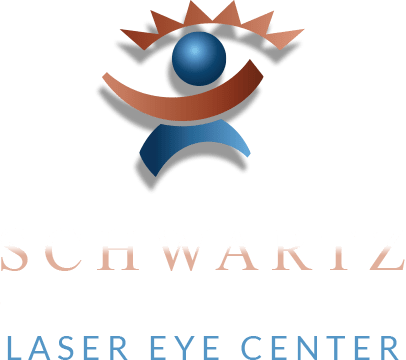Comparing LASIK and PRK (Epi-LASIK)
Posted on July 23, 2020 by Schwartz Laser - LASIK

As a leader in vision care and eye surgery, Schwartz Laser Eye Center offers advanced laser vision correction to patients in Phoenix and throughout Arizona. Two of the most popular techniques are LASIK and PRK (epi-LASIK).
Choosing the most appropriate procedure depends in part on the nature of an eye’s refractive error, the physiology of the cornea and even certain lifestyle variables. Below, Dr. Jay Schwartz discusses the comparative benefits of each option.
Reshaping the Cornea
Changes in the shape of the cornea are what cause farsightedness, nearsightedness and astigmatism. By reshaping the cornea with a cool surgical laser, ophthalmologists can ensure that images received by the eye are focused on the retina with maximum clarity.
During both LASIK and PRK (epi-LASIK), a laser surgical instrument reshapes the middle layer of the cornea. With LASIK, Dr. Schwartz accesses this delicate area by making a microscopic incision in the cornea to create a flap, which is moved aside. Once the cornea has been reshaped, the flap is moved back into position, allowing for efficient healing. This is an outpatient procedure that takes less than a half hour and uses local anesthetic.
With PRK (epi-LASIK), no flap is created; rather, access to the cornea is achieved by removing the outer corneal surface with an alcohol-based solution, after which the laser is applied. The surface corneal cells grow back within days, but for this reason recovery periods are longer for PRK (epi-LASIK) than for LASIK.
In general, LASIK involves less discomfort, and your final, improved vision comes into focus more quickly. With PRK (epi-LASIK), improvement in vision happens slowly over a period of weeks. PRK (epi-LASIK) patients may also experience temporary haziness of vision, glare or sensitivity to light.
Choosing PRK (Epi-LASIK)
PRK (epi-LASIK) was the very first refractive surgery involving use of a laser to reshape corneas and correct vision, and was once the most common vision correction procedure. Today, it is often recommended for patients in very specific groups.
The fact that no flap is created with PRK (epi-LASIK) eliminates the chance of post-operative complications involving a flap incision. For this reason, patients who play contact sports or routinely engage in other vigorous physical activities may choose PRK (epi-LASIK) to avoid the risk of flap dislocation. PRK (epi-LASIK) is also the preferred choice for patients who were born with thin corneas, have had cataracts removed or have had other previous eye surgeries, including radial keratotomy, refractive lens exchange or phakic IOL implantation.
If you would like to learn more about LASIK or PRK (epi-LASIK), we invite you to schedule a personal consultation with skilled ophthalmologist Dr. Jay Schwartz at his Phoenix, Glendale or Scottsdale office by calling or emailing Schwartz Laser Eye Center today.


